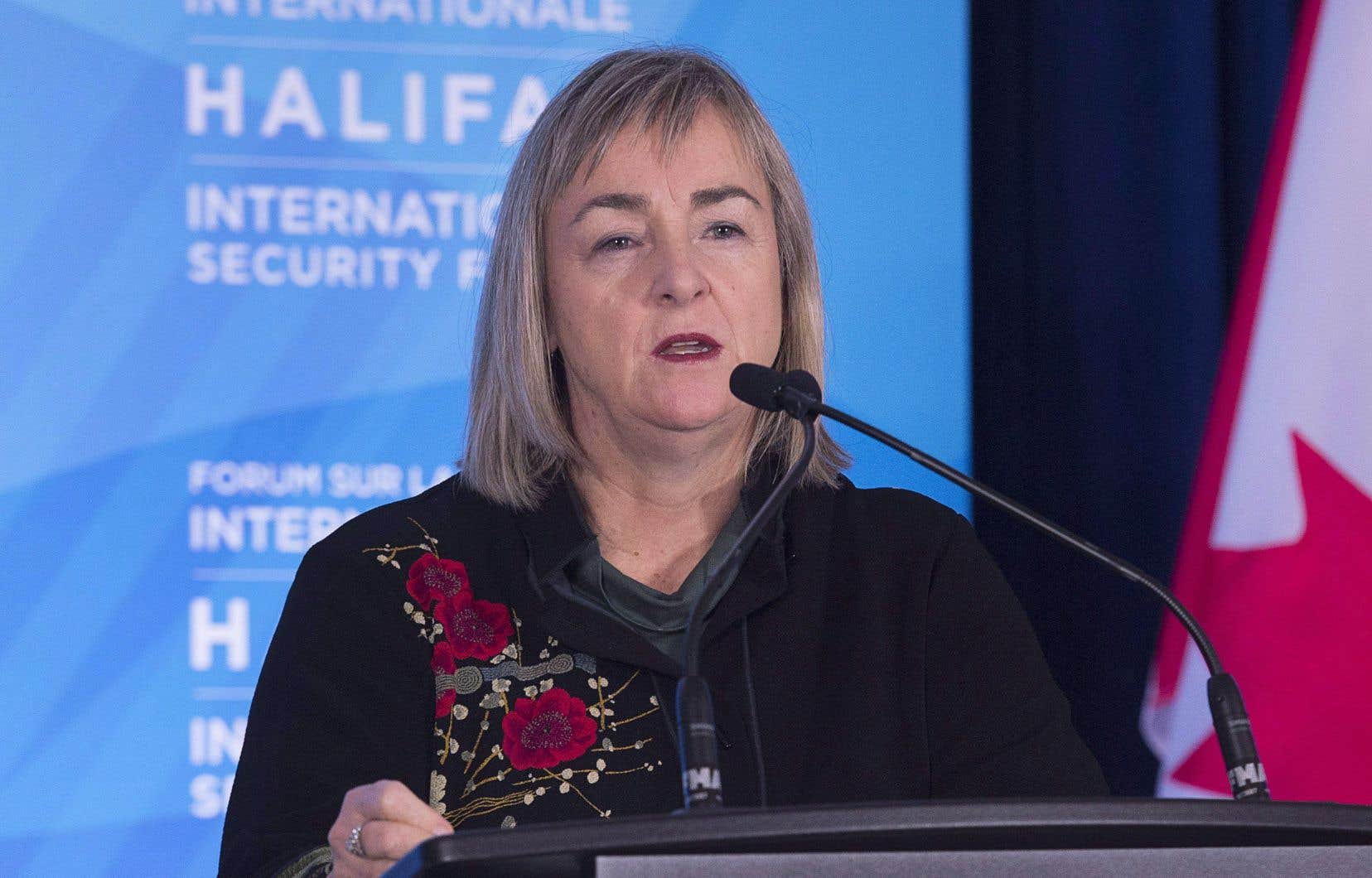Israel-Gaza conflict, war in Ukraine, threat of Chinese invasion of Taiwan: despite an increasingly tense global context, it is inevitable that “cracks” in the unity of NATO members will begin to appear, believes Kerry Buck, former Canadian ambassador to this organization.
The latter spoke at a panel at the Ottawa Conference on Security and Defense being held on Thursday. The veteran diplomat names disagreements between allies, the presidential elections in the United States and spending gaps between countries as the biggest threats facing the North Atlantic Treaty Organization (NATO).
In 2024, 18 out of 32 member countries will reach the rate of 2% of gross domestic product (GDP) in military spending requested by the Atlantic Alliance. NATO has not yet disclosed the list of countries that will achieve this goal, but Germany has already indicated that it will be among the lot. And France will be there next year.
Conversely, some allies still have “a long way to go,” NATO Secretary General Jens Stoltenberg said last month. Canada only spent 1.38% of its GDP on defense in 2023, much less than many other countries.
In 2014, NATO leaders agreed that each member should spend 2% of its GDP on defense to, among other things, ensure alliance-wide operational readiness. In the eyes of NATO, compliance with this objective is an important indicator of the “political will” of countries to contribute to the collective effort.
Also present at the Ottawa Conference, Canada’s Minister of National Defense, Bill Blair, did not want to comment on the method that Canada will adopt to achieve these targets. “Our government has already committed to reaching 2%, but this will require a significant increase in spending. And frankly, I think we are a little limited in our ability to make these financial commitments given the current fiscal situation,” explained Minister Blair, who nevertheless admitted that Canada must do more.
All the experts present at the discussion also considered that it was essential for Canada to invest more in defense at this time.
“As well as ensuring our defense base is strong, we need to think now about our individual strengths that can contribute to the overall effort. Let’s identify our strengths, and where we can fill our gaps,” said Heidi Hulan, Assistant Deputy Minister of International Security at Global Affairs Canada.
“Real” divisions
Without naming Donald Trump, former ambassador Kerry Buck also stressed that the level of US commitment to NATO “may not be as predictable” as it has been since its beginnings.
Last month, the Republican candidate for the US presidency said he would no longer guarantee NATO member countries’ protection from Russia if they did not pay their share — and that he would even “encourage” Moscow to attack them. This declaration created a shock wave in Europe. Mr. Trump has often criticized NATO allies for failing to meet their military spending commitments. The United States remains by far the largest contributor to the alliance’s cumulative military spending.
“Preserving the transatlantic alliance is often seen as a question of who wins the next election in the United States, but it is not just that,” said Assistant Deputy Minister Hulan. “It is also about real divisions which have unfortunately emerged on the major issues of the moment and our determination to resolve them cooperatively or not. »
Over the past year, growing tensions have emerged within NATO in particular over the level of support to be given to Ukraine.
